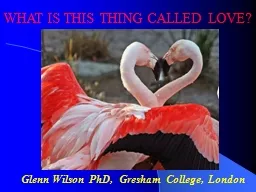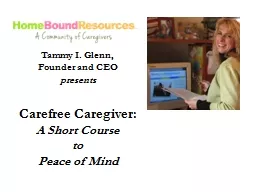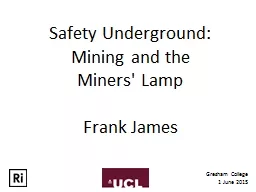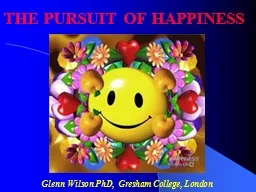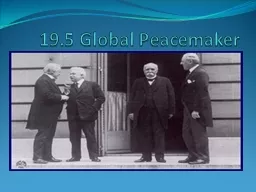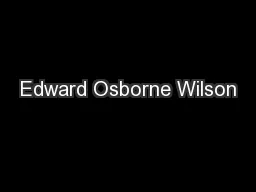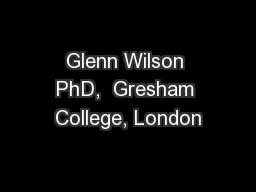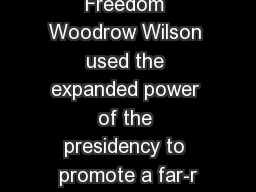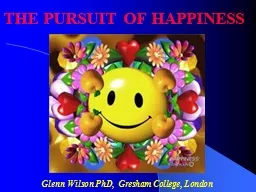PPT-Glenn Wilson PhD, Gresham College, London
Author : pamella-moone | Published Date : 2016-05-08
WHAT IS THIS THING CALLED LOVE TWITTERPATED Nearly everybody gets twitterpated in the springtimeYoure walking along minding your own business looking neither to
Presentation Embed Code
Download Presentation
Download Presentation The PPT/PDF document "Glenn Wilson PhD, Gresham College, Lond..." is the property of its rightful owner. Permission is granted to download and print the materials on this website for personal, non-commercial use only, and to display it on your personal computer provided you do not modify the materials and that you retain all copyright notices contained in the materials. By downloading content from our website, you accept the terms of this agreement.
Glenn Wilson PhD, Gresham College, London: Transcript
Download Rules Of Document
"Glenn Wilson PhD, Gresham College, London"The content belongs to its owner. You may download and print it for personal use, without modification, and keep all copyright notices. By downloading, you agree to these terms.
Related Documents

